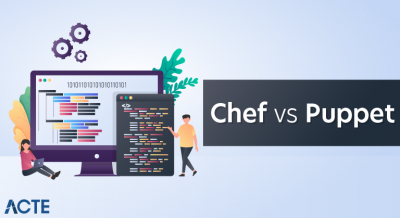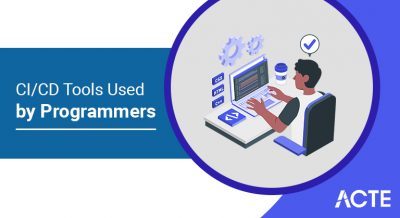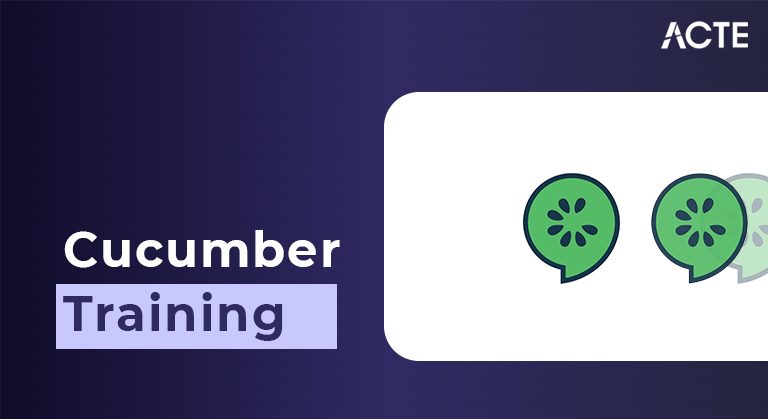
- Introduction to Cucumber
- What is Cucumber preparing?
- Is Cucumber easy to learn?
- What is Cucumber in robotization?
- Highlights of Cucumber
- Features of Cucumber
- What is Cucumber device utilized for?
- Why should we need Cucumber?
- What is the use of Cucumber?
- What can you do with Cucumber?
- What is difference between selenium and Cucumber?
- Why use Cucumber with Selenium?
- Why learn Cucumber?
- Organizational Benefits
- Prerequisites for Cucumber and Selenium Setup
- Basic Terms of Cucumber
- How to achieve parameterization in the Cucumber framework?
- Conclusion of SAP Fiori
- Input when entering invalid charge card subtleties
- In client testing, we’ve seen many individuals who committed errors entering their Mastercard. We should be just about as accommodating as conceivable here to try not to lose clients at this essential phase of the exchange.
- Given I have picked a few things to purchase
- Furthermore, I’m going to enter my charge card subtleties.
- At the point when I enter a card number that is just 15 digits in length.
- And the wide range of various subtleties are right And I present the structure Then the structure ought to be redisplayed And I should see a message instructing me concerning the right number of digits Situation: Expiry date invalid When I enter a card expiry date that is previously And the wide range of various subtleties are right And I present the structure Then the structure ought to be redisplayed And I should see a message letting me know the expiry date should be off-base.
- The Feature name (on the same line as the keyword)
- An optional description on the following lines
- Example Feature definition
- Given preconditions
- When actions
- Then results
- Eric wants to withdraw money from his bank account at an ATM
- Given Eric has a valid Credit or Debit card
- And his account balance is $100
- When he inserts his card
- And withdraws $45
- Then the ATM should return $45
- And his account balance is $55
- A user withdraws money from an ATM
- Given has a valid Credit or Debit card
- And their account balance is
- When they insert their card
- And withdraw
- Then the ATM should return
- And their account balance is
- # Comment
- @tag
- Software Engineer and Business Analyst.
- Manual Tester and Automation Tester.
- Manual Tester and Developers.
- Cucumber also benefits the client to understand the application code as it uses.
- Gherkin language which is in Plain English Text.
- Anyone can can understand the language of behavior of the software. The syntax of Gherkin language is in simple text which is readable and understandable to all.
- Testing is one of the most important parts of a software development lifecycle (SDLC). To test whether test script or code is working according to the expectations, software testing is paramount before releasing it into production. Modern testers are leveraging a methodology termed as Behavior Driven Development (BDD)and the Cucumber framework is a flagship tool for the same.
- Where the the back-end code of Cucumber is in Ruby, Cucumber has become one of the most widely used frameworks leveraged for testing by professionals. If you are operating in an environment where collaboration is required from senior stakeholders, then Cucumber is best framework way to go.
- There is a very quick installation of Cucumber and easy set-up, it is quite simple to for business stakeholders who find it difficult to understand the code. Learning the frameworks like Cucumber in this fast-paced business world where expectations change quite rapidly is highly useful. The flexibility of the Cucumber framework can be seen as it supports many other programming languages other than Ruby, like Java, Groovy and Scala.
- Now a days all most all, organizations moving towards an agile framework, the ability to wield Cucumber because of its collaborative nature is in high demand these days.
- Cucumber has a market share of 1.0% and it is used by 1,458 companies across the world. Its usage can be witnessed as the highest in IT companies that represent 27% of its users. Moreover, you can see its usage in other major industries like telecommunications, banking, insurance, and more.
- Cucumber supports different languages like Java.net and Ruby.
- It acts as a bridge between the business and technical language. We can accomplish this by creating a test case in plain English text.
- It allows the test script to be written without knowledge of any code, it allows the involvement of non-programmers as well.
- It serves the purpose of an end-to-end test framework, unlike other tools.
- Due to simple test script architecture, Cucumber provides code reusability.
- It is helpful to involve business stakeholders who can’t easily read code
- Cucumber Testing tool focuses on end-user experience
- Style of writing tests allow for easier reuse of code in the tests
- Quick and easy setup and execution
- The Cucumber test tool is an efficient tool for testing
- Install Java
- Install Eclipse IDE for Java.
- Install Maven.
- Install Selenium Web driver.
- Install JUnit.
- Install Cucumber.
- Feature File
- Features
- Tags
- Scenario
- Gherkin Language
- Step Definition Software tools supported by Cucumber
- Ruby on Rails
- Selenium
- Pico Container
- Spring Framework
- Watir
- Create and delete the user from the social networking site.
- User login functionality to access the social networking site.
- Sharing videos or photos on the social networking site.
- Sending a friend request.
- Logout or sign out.
- At the time of testing, it is the best practice that we should determine the features first, before deriving the test scripts to be tested.
Introduction to Cucumber:
The Cucumber is a trying instrument that upholds Conduct Driven Turn of events (BDD). It offers a method for composing tests that anyone can see, paying little heed to their specialized information. In BDD, clients (business examiners, item proprietors) first compose situations or acknowledgment tests that portray the conduct of the framework according to the client’s point of view, for audit and close down by the item proprietors before designers compose their codes. Cucumber structure utilizes Ruby programming language.
What is Cucumber preparing?
Cucumber is a device for conduct driven turn of events (BDD), which permits you to compose statements in plain language that are then testable by code. In this course, figure out how to utilize Cucumber to carry out nimble practices like BDD, test-driven turn of events (TDD), and acknowledgment test-driven turn of events (ATDD).
Is Cucumber easy to learn?
Cucumber is not difficult to learn structure as it’s in a plain significant English text. It’s pleasant realizing this most talked computerization instrument. between money managers and designers.
What is Cucumber in robotization?
Cucumber is a product instrument that upholds conduct-driven turn of events (BDD). It runs robotized acknowledgment tests written in conduct-driven turn of events (BDD) style. Cucumber was initially written in the Ruby programming language.
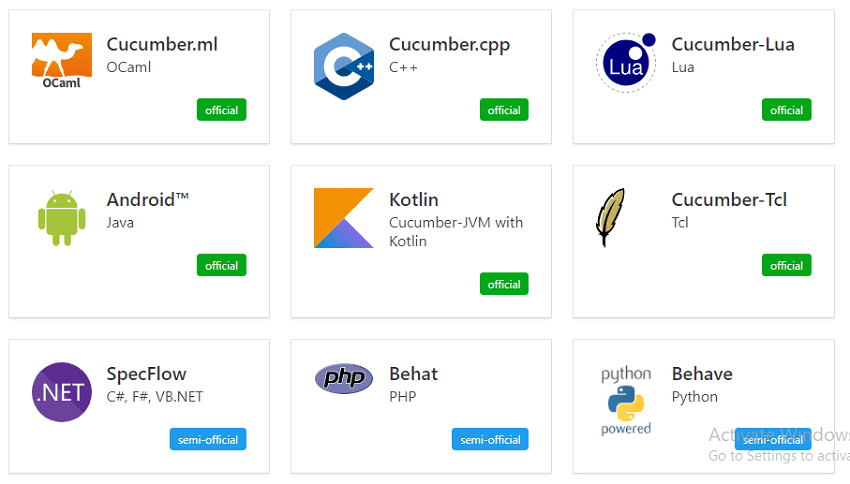
Highlights of Cucumber:
Highlight:
Foundation:
Mastercard number excessively short:
Features of Cucumber:
A feature is a Use Case that describes a specific function of the software being tested. There are three parts to a Feature.
The Feature: keyword
Feature: Withdraw Money from ATM
A user with an account at a bank would like to withdraw money from an ATM. Provided he has a valid account and debit or credit card, he should be allowed to make the transaction. The ATM will tend the requested amount of money, return his card, and subtract the amount of the withdrawal from the user’s account.
Scenario: Scenario 1
Scenario: Scenario 2
Scenarios
Each Feature is made of a collection of scenarios. A single scenario is a flow of events through the Feature being described and maps 1:1 with an executable test case for the system.[24] Keeping with the example ATM withdrawal feature, a scenario might describe how a user requests money and what happens to their account.
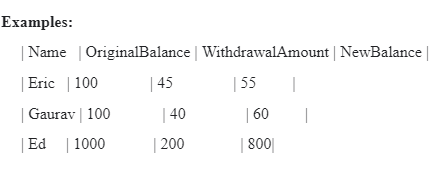
Scenario:
In some cases, one might want to test multiple scenarios at once to perform Equivalence partitioning and Boundary-value analysis. A Scenario Outline provides a technique to specify multiple examples to test against a template scenario by using placeholders.
For example:
Scenario Outline:
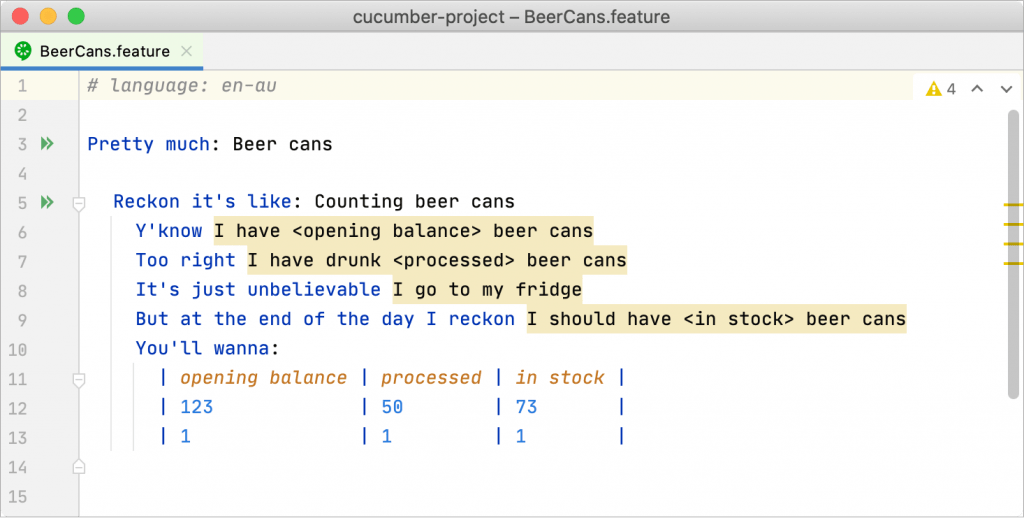
What is Cucumber device utilized for?
Cucumber is a Conduct Driven Improvement device used to foster experiments for the conduct of programming’s usefulness. It assumes a supporting part in mechanized testing. At the end of the day, “Cucumber is a product apparatus utilized by the analyzers to foster experiments for the testing of conduct of the product.”
Why should we need Cucumber?
There is always the possibility to improve customer trust by involving them in the process of developing the product. Cucumber gives us the ability to explain critical technical code specifications with simply readable language to the end-user or a customer. It focuses on behavioral-driven development tests.
What is the use of Cucumber?
Let me tell you this with some examples. Suppose you have a project and the customer wants to know what are all the features you have to hand over. When it comes to end-user or a customer at that time, you are not able to explain all the technical details of your test cases. Here Cucumber comes into the picture. This tool helps to describe all the scenarios with different conditions. It is way better than giving technical details to the customer which they don’t understand.
What can you do with Cucumber?
Suppose we have some code which is the possibility of john reaching home. If John takes a plane for a short distance, it will be costly; if he comes by train, it will be cheap and reliable for the shorter distance.
Examples:
What is difference between selenium and Cucumber?
Selenium is an automation tool for web apps, while Cucumber is an automation tool for behavior-driven development. Selenium executes UI tests while Cucumber does acceptance testing. Selenium is a web browser automation tool. Cucumber is a behavior-driven development tool that can be used with Selenium (or Appium).
Why use Cucumber with Selenium?
Cucumber and Selenium are two popular technologies. Other organizations use Selenium for functional testing. SevenMentor provides the course of ” selenium with Cucumber ” where Selenium want to integrate Cucumber with selenium as Cucumber makes it easy to read and understand the application flow. Cucumber tool is based on the Behavior Driven Development (BDD)framework that acts as the bridge between the following people:
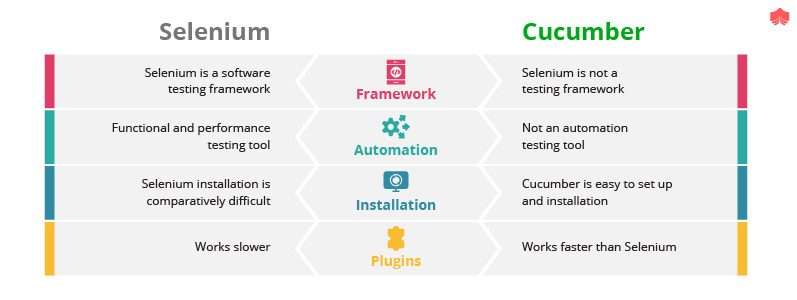
Why learn Cucumber?
Benefits of Cucumber:
All most all organizations adopting agile methodologies in their project workflows, the Cucumber tool helps in bringing business leaders to the table due to the framework’s collaboration. This provides multiple benefits to the organization as well as individuals.
Individual Benefits:
Taking up a Cucumber course in seven mentor is quite useful for an individual trying to make a career in testing and development while operating in an agile way: It will Get more flexibility into your career as it supports multiple programming languages like Java.net and Ruby, thereby making you an attractive hire. According to Pay Scale a professional who can work on the Cucumber framework earns an average of $70k Easy way to explain your project to leadership quite easily and improve chances of career advancements.
Organizational Benefits:
Getting trained in the Cucumber framework has certain benefits of organization is follows:
Cucumber acts as a bridge between leaders and developers, where test cases can be created in plain English, thereby improving communication across the organizations.It provides the knowledge to non-programmers with an opportunity to get their hands dirty as well. you can write Test scripts without any prior coding knowledge. Simplistic test script architecture allows the code to be re-used, so that we can saving time and money.
Seven Mentor organizations provides the Courses for the Cucumber framework are in great demand in market where it increasingly moving to agile workflows and they need everyone, including the leadership, developers and testers, to be on the same page.
Advantages of Cucumber Over Other Tools:
Prerequisites for Cucumber and Selenium Setup:
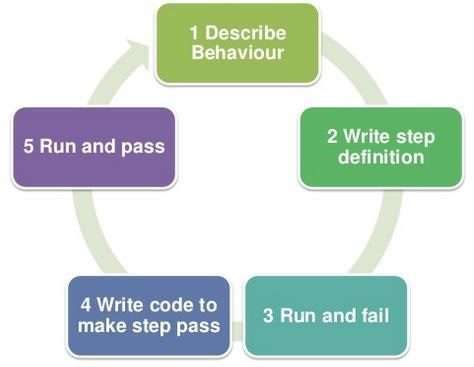
Scopes of Cucumber:
What is the scope of Cucumber automation?
One thing that we need to keep in mind is that Cucumber itself is not an automation tool but a layer on the top of your framework. It helps to get insight into the test cases that have been written in the framework. Cucumber is a BDD framework that supports the Gherkin language. This is in plain English language which is required to write the test cases in the feature file. Its scope is very wide and is very handy when a company has business analysts involved in the project and it is useful for them to understand how the framework is behaving. Plain English feature files help Business Analysts in such a way that they can use these files to write the test cases as the business flow.
Anyone who does not have exposure to Automation testing or coding can also execute the Test Cases based on the tags given in the feature file. Clarity of the business flow is imminent. Many software quality assurance companies are changing their strategies to compensate Cucumber s in their frameworks. Drawbacks of Cucumber in BDD The whole Cucumber –Gherkin combination adds another layer of complexity. Suddenly besides writing generic enough functions in Java or JavaScript, the developer tester or analyst must write steps that can be reused while being specific enough to differentiate between the scenarios.
Basic Terms of Cucumber
The piece of code to be executed for testing may belong to different software tools like Selenium, Ruby on Rails, etc. But Cucumber supports almost all popular software platforms, and this is the reason behind Cucumber ‘s popularity over other frameworks such as JDave, Easy, JBehave, etc.
Some Cucumber -supported tools are given below:
How to achieve parameterization in the Cucumber framework?
We can achieve parameterization in Cucumber. This helps to pass multiple data sets at runtime in multiple combinations. We can perform data parameterization in the following ways:
Without the help of keyword Examples:
The Scenario Outline in a feature file should be accompanied by the Examples part. This consists of the multiple data sets to be passed at runtime. The Examples section in the feature file should have headings that match with the variables in the Scenario Outline followed by the (|) symbol. Each row below the heading represents a set of data. So, if there are two rows after heading, the test scenario shall run two times with the two different sets of data. Let us consider the feature file having the Feature New User Registration described previously. Next, let us now create a step definition file corresponding to that feature file.
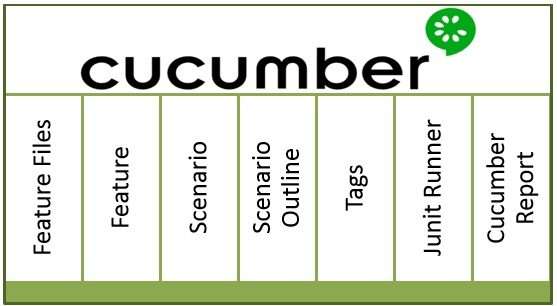
Which language is used in Cucumber ?
The language that Cucumber understands is called Gherkin. It is a simple English representation of the application behavior. It is used to define test cases. It is designed to be non-technical and human-readable, and collectively describes use cases relating to a software system. It is a Business Readable, Domain Specific Language (DSL).
What is a feature in Cucumber testing?
A feature is functionality or standalone unit of a software application. In other words, the feature is a parameter that is used to test the requirements of the customer from the software product. Let’s understand it through a very common example of a social networking site.
A few basic features of the social networking site can be determined as:
Conclusion:
In this instructional exercise, we take care of highlights of Cucumber device and its utilization progressively situation. Cucumber is a most loved device for some tasks as it is straightforward, intelligible and contains business usefulness.




